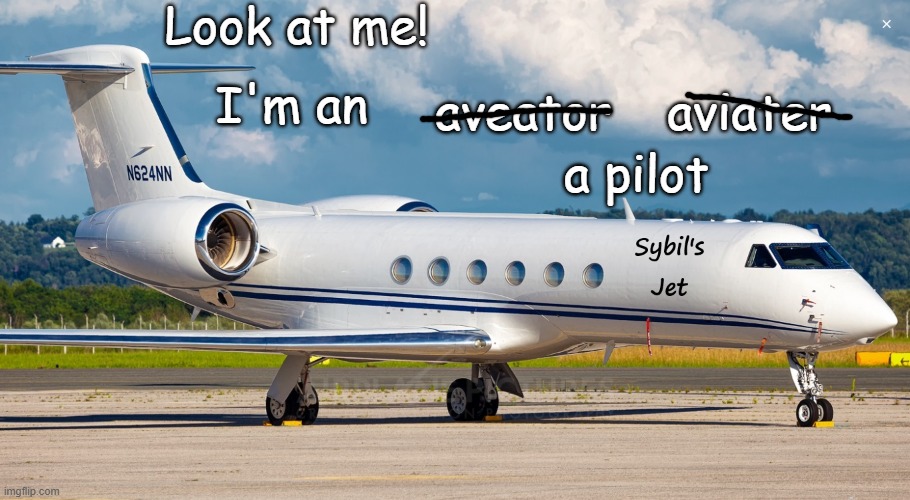No, you don't into any such problem. The airline pilot was flying on IFR. He was properly cleared for the approach and landing.
This is exactly my point. The moment you attempt to place blame on one pilot for the collision, you either have to blame the other pilot equally (which is absurd) or you end up absolving the other pilot for having been "properly cleared" by the controller, i.e. showing that the controller is ultimately controlling authority responsible for controlling the traffic, which returns the blame right back to the controller.
Not at all. The regulations are quite clear about chain of authority.
The regulations are quite clear about charge of responsibility.
The NTSB is slow, but they are thorough. They know their final conclusion is going to be used in a load of lawsuits. Don't expect their conclusion for about a year.
I remember being surprised to learn that there are air mishap specialists who have a keen talent for reconstructing event details. I got a presentation by one of them about the job and all the training that goes into such a position ... on top of having to be a thoroughly accomplished pilot across many airframes.
It was eye-opening.
Heh. I *am* a pilot, after all, and deal with ATC regularly.
Yep, and as you follow their instructions, they assume full responsibility to follow regulations. You are trusting them to follow the regulations and procedures for which they assume responsibility. Regardless of your choice to fly VFR or IFR, the ATC responsibility to prevent collisions does not vanish, and if you somehow don't see that you are on a potential collision course, ATC needs to advise you, and you trust them to do so. If you choose to fly VFR, there is no implicit "don't notify me of potential collisions."
If ATC gives me the vague kind of crap they gave the helicopter pilot, I ask them to use proper phraseology and to give me proper traffic advisories.
However, if you don't realize that you and ATC are not on the same page, but you are certain you are, and you think everything is AOK, you won't ask for any clarification of anything. Nonetheless, the tower still has full responsibility to alert you to that potential misunderstanding. If you are on a collision course, the controller's
priority is to warn you, even if you had previously "confirmed" everything as being absolutely stupendous.
I am the final authority for the safe operation of my aircraft.
Absolutely ... and you have no magical superpowers to transform a dangerous reality into the safe reality you might misunderstand it to be. You don't have any power to control other aircraft. You can only control
your aircraft. ATC's job is to control multiple aircraft in a given airspace. Captain Rebecca Lobach was in complete control of her aircraft, however that was insufficient to prevent the American Airlines flight from flying into her.
If the controller had instructed Captain Rebecca Lobach to alter course, per their requirement to do so, it is fair to assume that she would have done so.
I've questioned ATC several times, including some of the clearances they've given me! I've had them try to clear me onto a runway with landing traffic, etc. I get on their case for that kind of crap! I've had them try to make a descent through known icing conditions, which I rejected. I've had them try to set up an instrument approach from INSIDE the outer marker (not valid!). I've had them try to clear me to land a runway that was occupied and was forced to go around.
Every pilot with whom I speak has his long list of such stories. Suffice to say that ATC is a demanding job for which we cannot settle for DEI hires.
ATC screws up. You have to cross check 'em, even when IFR (pretty common in Seattle!). Most airline pilots will do the same.
Granted.
Fortunately, runway incursions caused by ATC are improving, thanks to the FAA finally recognizing the running problem with this!
Good news is always welcome.



